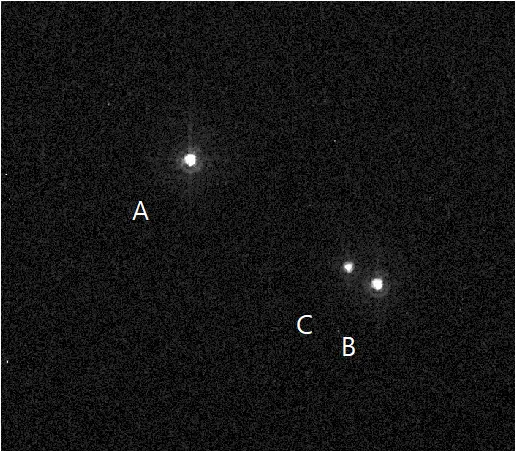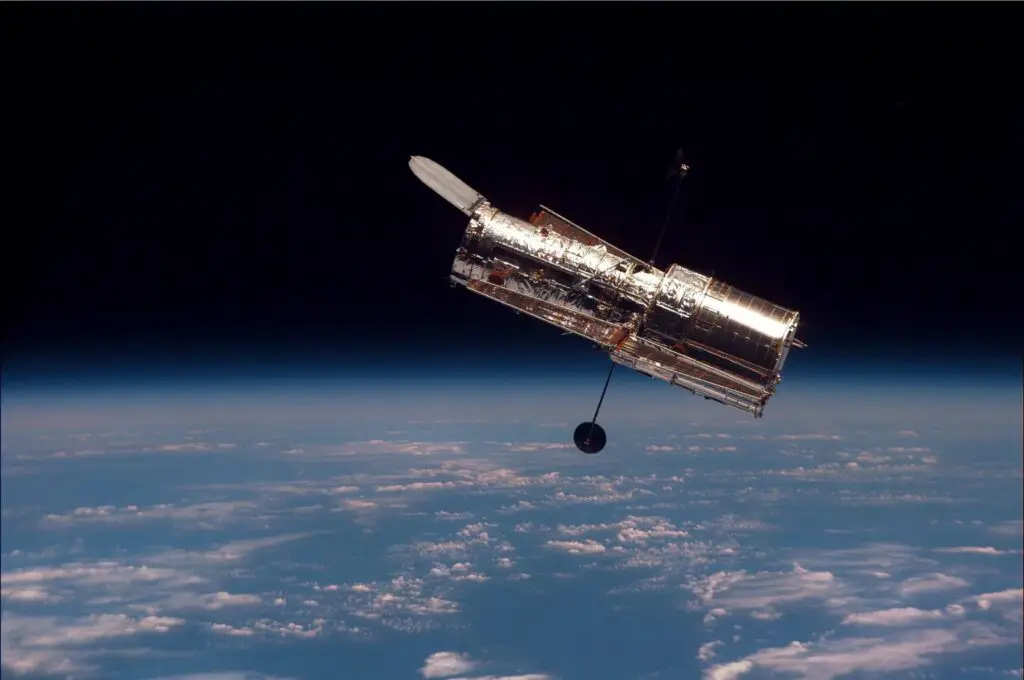
Another Super-Earth LTT 1445 Ac, Hotter Than a Pizza Oven
Scientists initially couldn’t determine the mass of the planet, named LTT 1445 A c, discovered in 2022 by NASA’s Transiting Exoplanet Survey Satellite (TESS). It orbits a red dwarf star located 22 light-years away in Eridanus.
Astronomers, exploring planets beyond our solar system (exoplanets), utilize diverse techniques to determine crucial details like size, density, and orbital period. One common method, the transit method, involves observing a planet’s passage in front of its host star. This minuscule dimming of the star’s light, akin to waving your hand before a flashlight, reveals key data.
Recently, studies suggest LTT 1445 A c, an intriguing exoplanet about 1.5 times Earth’s mass and 1.1 times its diameter, qualifies as a ‘super-Earth.’ This discovery positions it as a compelling subject for investigation by the James Webb Space Telescope and other instruments.
Detecting such distant worlds requires immense resolution due to their tiny size compared to their stars. Even as these planets pass in front of their stars, the light dip is subtle and challenging to perceive across light-years.

TESS, launched in 2018, stands as a pivotal tool designed to detect planets by observing their transits. However, when a planetary system’s alignment hampers transit visibility, gathering data becomes a challenge. LTT 1445 A c’s recorded ‘grazing transit’ initially posed difficulties in measurement, suggesting an unfortunate geometric alignment.
Emily Pass, an astronomer from the Center for Astrophysics at Harvard University, highlighted this potential limitation, where uncertainties in orbital characteristics hinder accurate size measurements using the transit method.
To overcome these hurdles, Pass and her team turned to the Hubble Space Telescope for high-resolution observations. These observations clarified that LTT 1445 A c’s orbit wasn’t a ‘grazing transit,’ enabling a more precise calculation of its diameter, estimated at around 1.1 times that of Earth.
Situated close to its M dwarf star, LTT 1445 A c likely maintains a scorching surface temperature akin to a pizza oven, approximately 500°F (260°C).
Pass anticipates intriguing possibilities for studying LTT 1445 A c, emphasizing the thrill of characterizing atmospheres via spectroscopy in transiting planets. She eagerly awaits future observations that promise deeper insights into the rich variety of planets orbiting distant stars.
Click her to get redirected to the home page – Home










